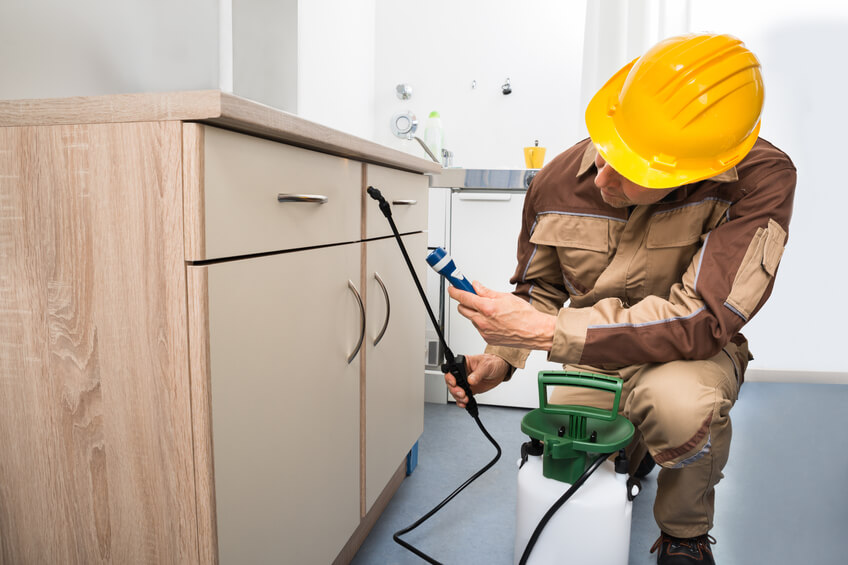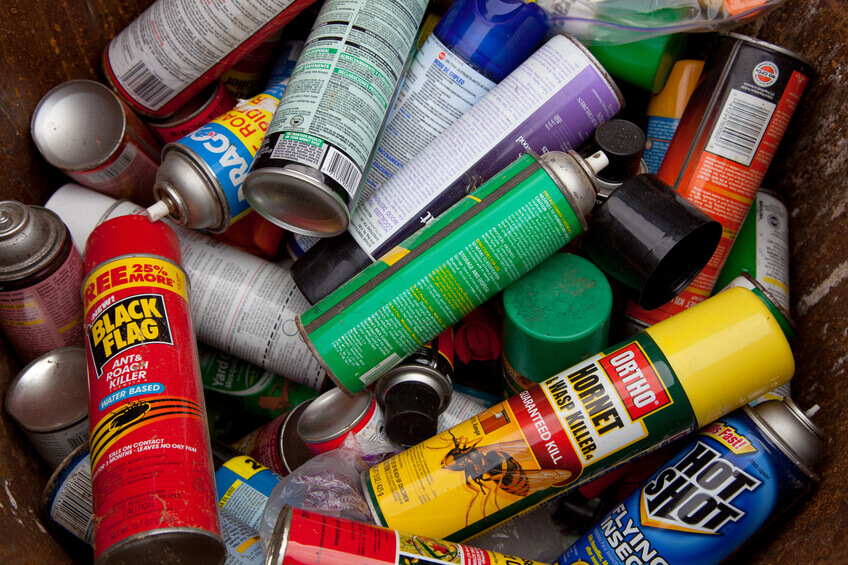No products in the cart.
LEED for Pest Control: Why You Should Get Accredited
LEED for pest control contractors is especially important for environmentally-conscious pest management companies that opt for an Integrated Pest Management (IPM) approach, which focuses on pest prevention at the outset and uses pesticides only as needed.
The intent of the IPM plan is to first keep pests out. This can be accomplished by identifying and repairing cracks and crevices in the building’s façade. From there, pest management professionals are challenged to use non-chemical solutions to treat the problem. This allows for a safe and healthy environment for occupants.
Because the LEED Certification standards value indoor air quality and health, pest management is actually one of the requirements for earning the coveted LEED label in existing buildings.

LEED Certification & Pest Control
LEED Certification is a label for structures that have been designed, built, and maintained with energy-efficiency and environmental health in mind.
To earn such a label, the structure must embody a series of characteristics in a variety of topic areas. Each characteristic, or LEED credit, is worth a point value, and ultimately the LEED Certification label – Certified, Silver, Gold, or Platinum – is based on the number of points earned.
Pest management companies can offer insight and expertise with regard to the following LEED credits:
- Sustainable Sites – Site Management
- Indoor Environmental Quality – Green Cleaning
- Indoor Environmental Quality – Integrated Pest Management
The value of an IPM program is that it encourages proactive solutions that can prevent the use of chemical pesticides in the event of an infestation. This approach, therefore, has less of a negative impact on people, property, and the environment.
IPM plans generally include the following components:
- Interior and exterior building maintenance guidelines
- Sanitation consultation and cleaning procedures
- Non-chemical solutions for pest treatment
- Guidelines for identifying pests and choosing treatment
- Action thresholds for various types of pests
- A plan for emergency application of pesticides
- Protocol for notifying occupants of an expected pesticide application
- Pest sighting records and service reports (analyzed annually for effectiveness)
According to Services Magazine, the IPM standards recommended by LEED are considerably more complex than a standard IPM program. A “traditional” chemical-based pest control approach often focuses solely on the application of chemicals designed to kill and repel the pests. Such a program ignores the reason(s) why pest problems exist in the first place.
The LEED Certification standards require that the use of pesticides be limited to times when pests are actually present and where non-chemical approaches are unsuccessful or inappropriate. For both indoor and outdoor pest control, the LEED standards call for the use of IPM combined with least-toxic pesticides and that such pesticides be used only after all other options are exhausted.
A knowledgeable pest management professional can develop and implement an effective program that will keep a facility pest-free while also meeting necessary LEED Certification requirements.
How Do Exterminators Contribute to LEED Certification?
Pest management is one aspect of the LEED Certification process that is fairly easy to implement within existing buildings. However, most LEED project teams – albeit multi-disciplined – generally don’t have an in-house pest management professional. Therefore, it’s more likely that a project team will contract what they deem to be an environmentally-responsible pest management company. This is a great opportunity for exterminators to advertise their knowledge of the LEED standards and show their value to LEED project teams.
To earn the 2 points for minimizing pest problems and exposure to pesticides, a LEED project team must have in place an Integrated Pest Management (IPM) plan for the building and grounds within the project boundary. This written IPM plan must include documentation for all procedures used in a project’s pest management program to earn the points.
To earn the Integrated Pest Management credit, LEED project teams must:
- Develop, implement, and maintain an IPM plan
- Use only least-toxic chemical pesticides
- Ensure minimum use of the least-toxic chemical pesticides
- Apply least-toxic chemical pesticides only in targeted locations
- Apply least-toxic chemical pesticides only for targeted pest species
- Identify what circumstances constitute an emergency application of pesticides
- Develop a communications strategy for normal and emergency conditions
Given the targeted subject matter, LEED project teams will be looking for a knowledgeable exterminator to assist with these efforts.

Which LEED Credential Does an Exterminator Need?
The first step for all LEED candidates is to earn the LEED Green Associate credential. This designation highlights general knowledge of sustainability principles and a broad understanding of the LEED Rating System for buildings.
After passing the LEED Green Associate exam, an exterminator may choose to advance to a LEED AP with a specialty in Operations and Maintenance (O+M). Since there is a large opportunity for pest management in existing buildings, it makes sense that an exterminator would want to learn more about the requirements for earning a LEED Certification label for that building type.
To learn more about how YOU can gain LEED knowledge, give us a call at (800) 460-2575 or enroll in our popular LEED Green Associate Exam Prep course.
